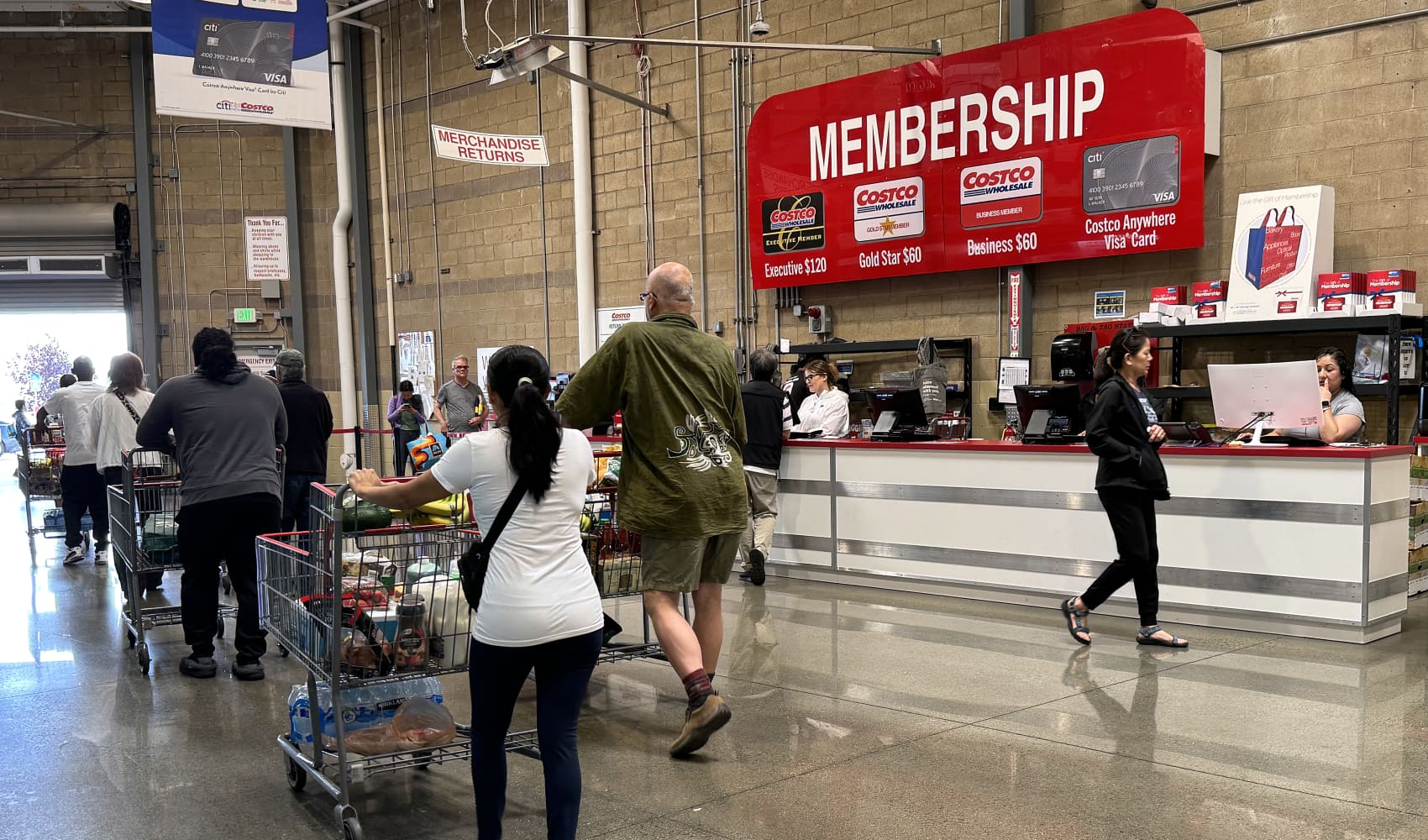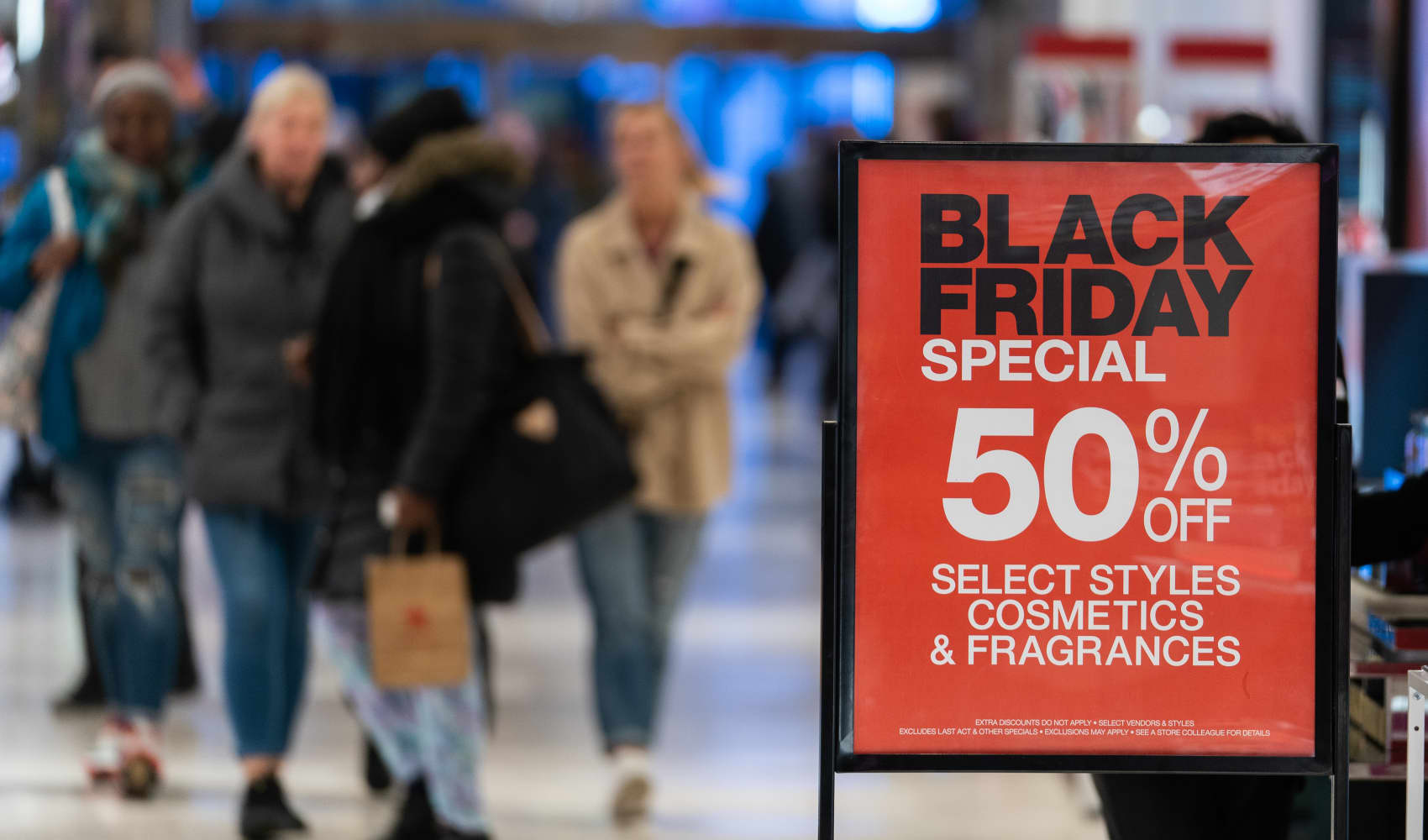
More unvaccinated workers will be required to get the Covid-19 vaccine by Jan. 4 or face regular testing under a new rule from the U.S. Department of Labor's Occupational Safety and Health Administration released Thursday.
Here's what to know about the new rule.
Who's covered
The latest federal vaccine mandate applies to all private-sector companies with 100 or more employees, including both full-time and part-time workers, which covers more than 84 million workers and two-thirds of the nation's private-sector workforce.
The rule does not apply to people who work remotely and do not report to a worksite in-person.
What's required
Get Tri-state area news delivered to your inbox. Sign up for NBC New York's News Headlines newsletter.
Unvaccinated workers will be required to wear a mask while indoors or riding in a vehicle with a colleague for work purposes beginning Dec. 5.
Money Report
Workers will have until Jan. 4 to receive the final dose of the vaccine — either the one-shot Johnson & Johnson vaccine or the second shot of a Moderna or Pfizer vaccine — in order to be in compliance with the ruling.
Workers who remain unvaccinated by Jan. 4 will have to provide a negative Covid test to their employer on a weekly basis in order to report for work in-person.
What businesses must provide
Businesses will be required to provide paid time off for workers to get the shot and to recover from any side effects. Businesses aren't required to pay for testing or provide face coverings, unless stipulated by state or local laws or in labor union contracts.
Under the OSHA rule, employers must establish a policy to collect and maintain Covid-19 vaccination status records of their employees; ensure unvaccinated workers are tested for Covid-19 at least weekly if they're onsite at least once a week, or within seven days before returning to work if they're gone longer; and require unvaccinated workers wear a face covering when indoors in the workplace.
Employees must notify their employer when they test positive for the virus, and employers must ensure they're removed from the workplace. The rule does not require employers conduct contact tracing after an employee tests positive for Covid-19, though OSHA recommends businesses follow state and local public health guidance on whether to do so.
The OSHA rule intends to "preempt" any state or local requirements that ban or limit an employer from requiring vaccination, face covering or testing.
Other U.S. vaccination requirements
Roughly 70% of U.S. adults are fully vaccinated, according to the CDC.
More than half, 59%, of employees said they support their current employer implementing vaccine mandates no matter the size of the company, according to a Qualtrics survey of 1,309 U.S. workers in October. A similar share said they support a federal policy requiring companies to comply.
The Biden administration issued its first national vaccine requirement in July by mandating all federal workers be vaccinated against Covid-19 or face regular testing; that deadline has been extended to Jan. 4.
The administration also announced Thursday that 17 million workers at approximately 76,000 health-care facilities receiving either Medicare or Medicaid funding must be vaccinated by Jan. 4. It allows for religious and medical exemptions, but does not allow for a testing alternative.
The Labor Department said in a statement that "many of the people killed and infected by this virus were workers whose primary exposures occurred at their jobs. OSHA estimates that this rule will save thousands of lives and prevent more than 250,000 hospitalizations due to workplace exposure to Covid-19 over the course of the [emergency temporary standard]."
Roughly 750,000 Americans have died due to Covid-19, making the U.S. the country with the highest number of recorded deaths from the virus.
Check out:
Mix-and-match Covid vaccine boosters are here — How to choose the best one for you
5 questions parents have about Covid vaccines for young kids—and answers from experts
For many workers, the return to offices has become ‘The Great Wait.’ It’s costing employers millions
Sign up now: Get smarter about your money and career with our weekly newsletter






